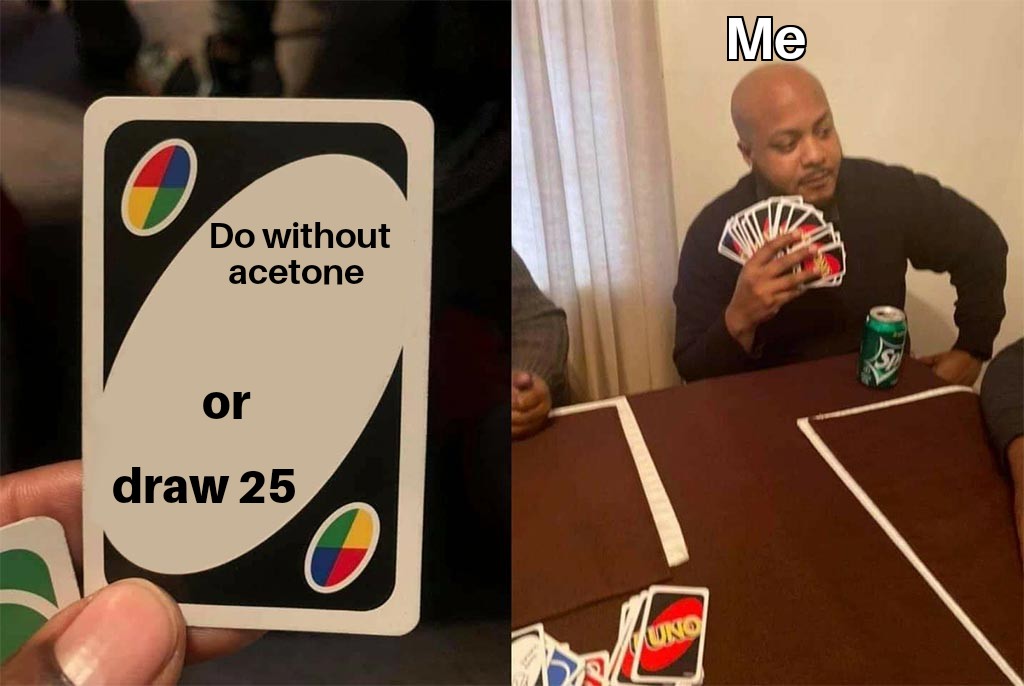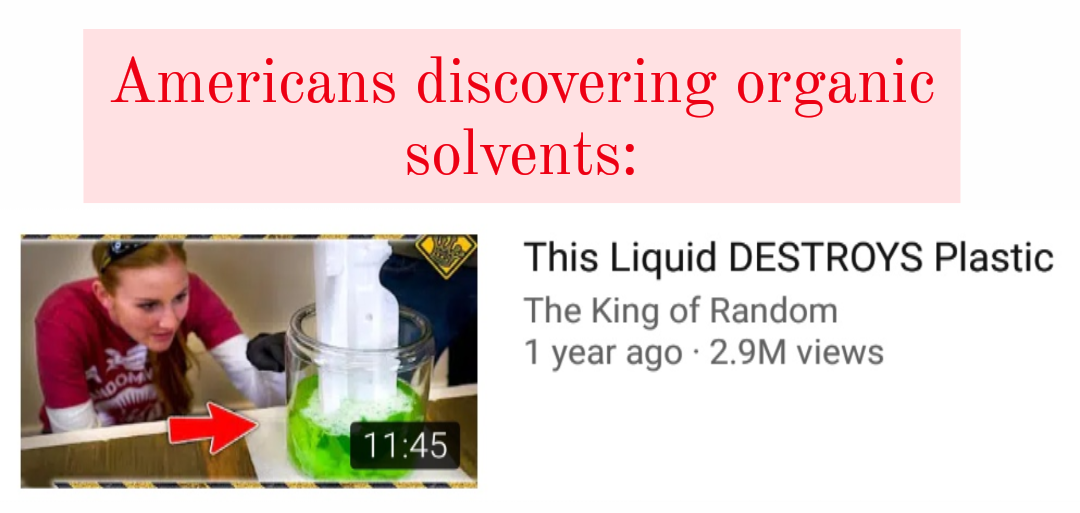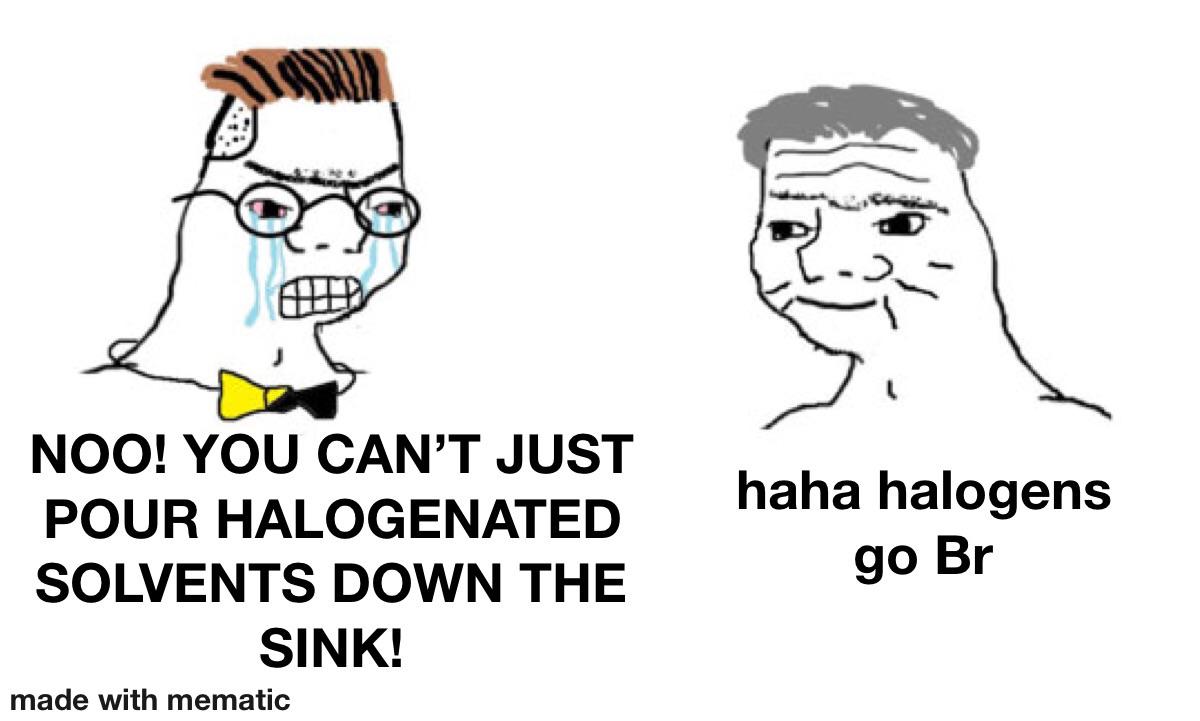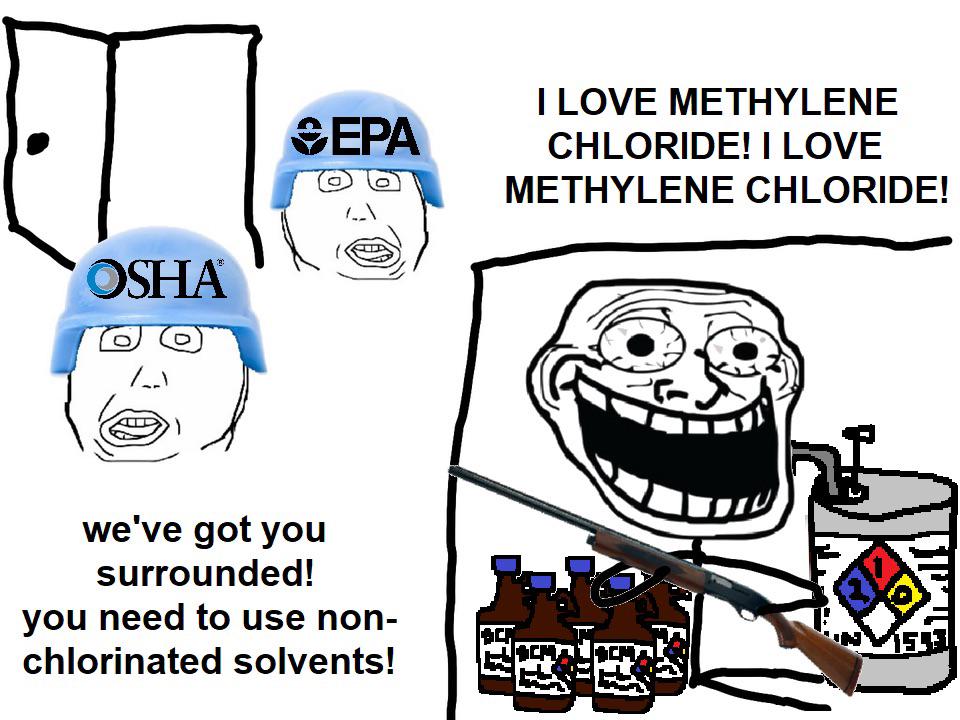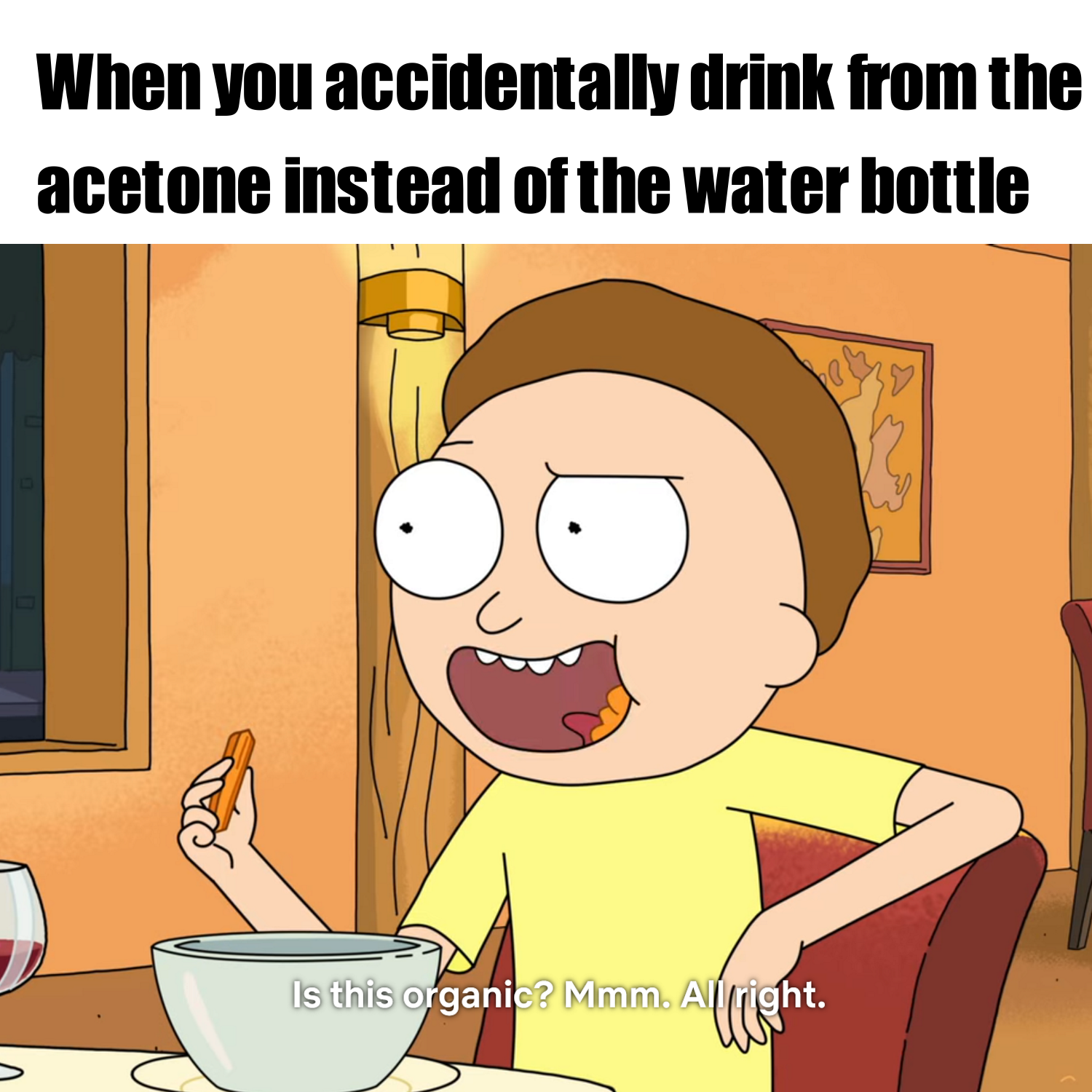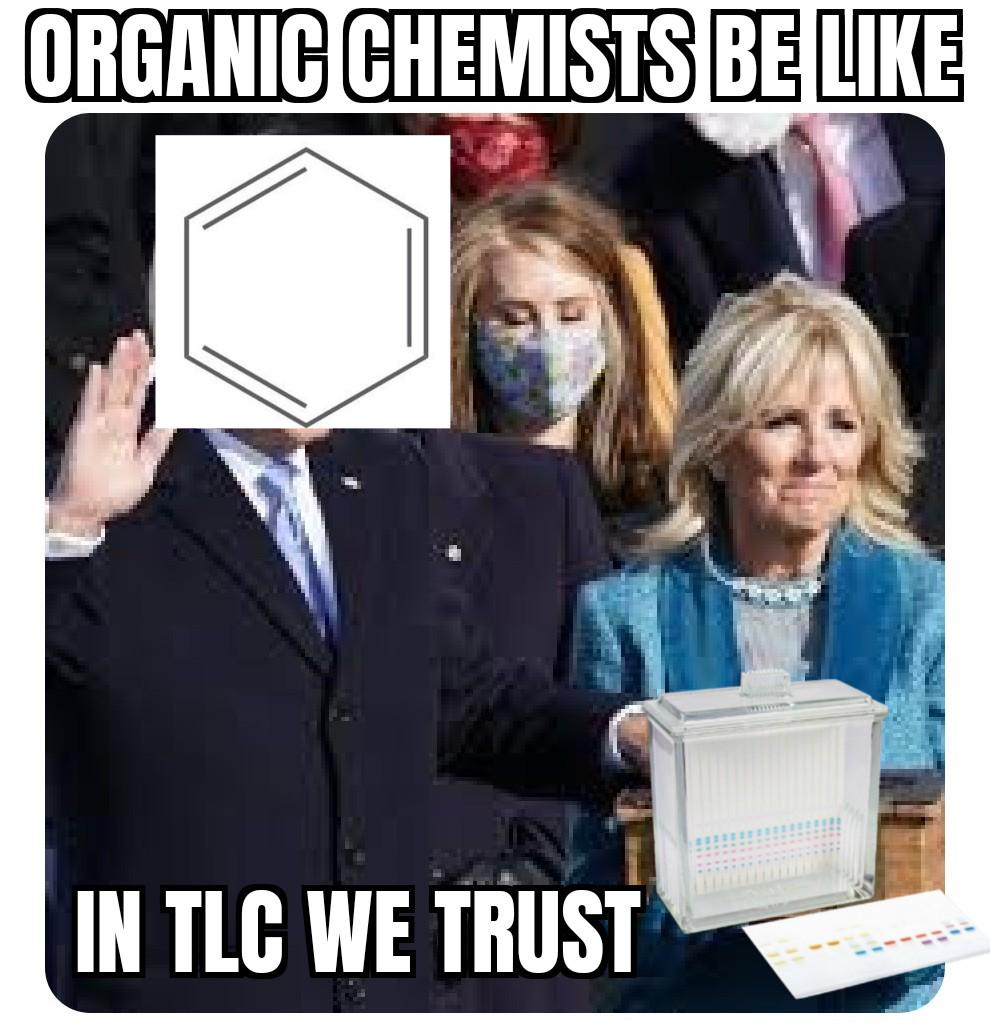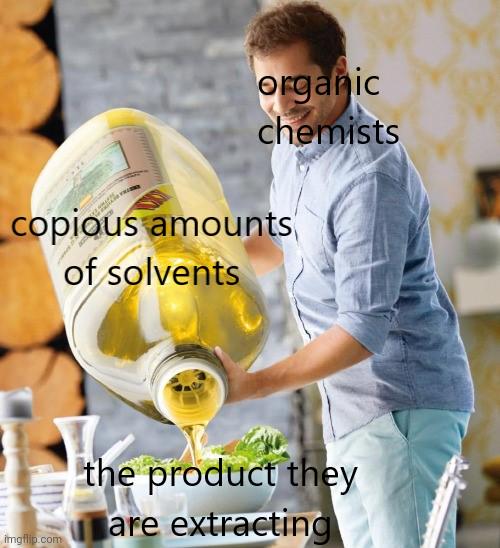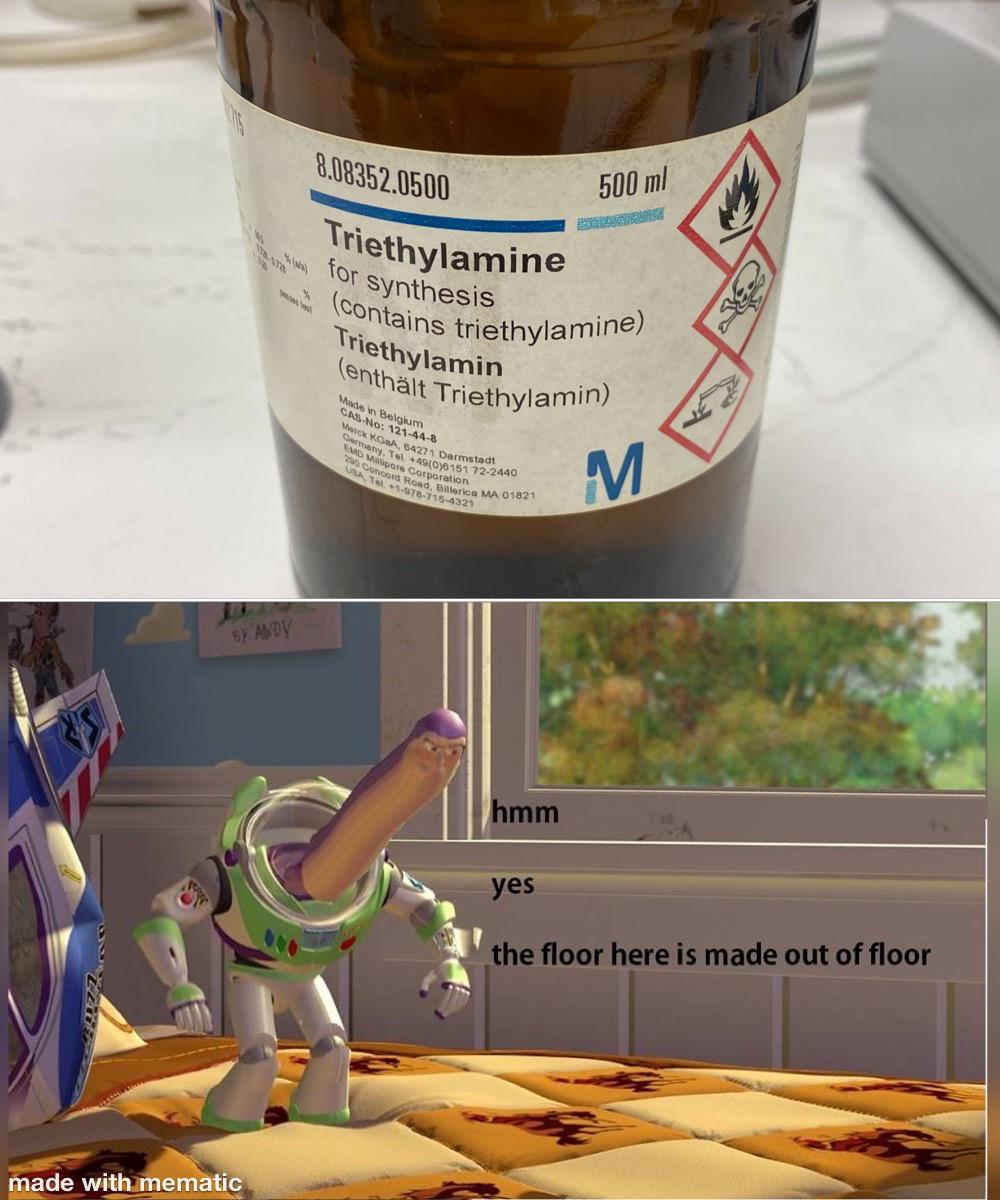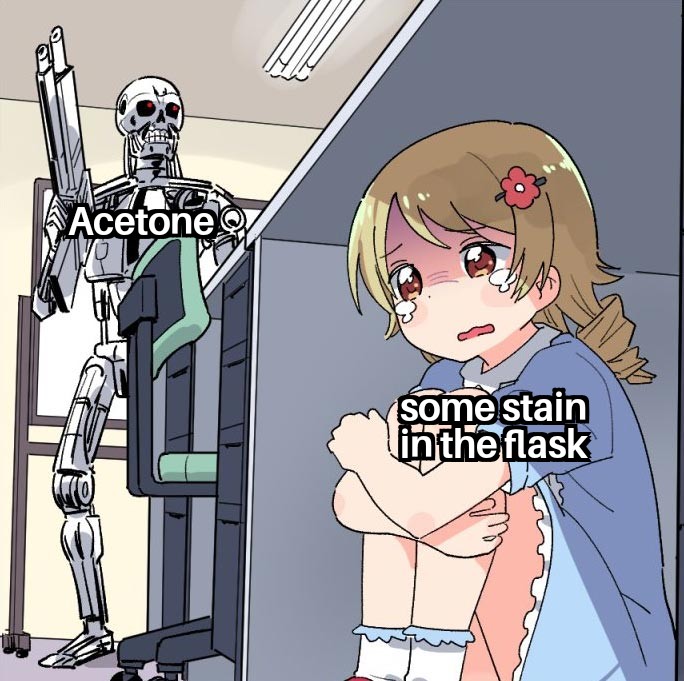What chemists call "Tuesday afternoon lab session," the internet calls "DESTROYS Plastic!!!" The meme captures that special moment when non-scientists discover organic solvents like acetone or dichloromethane dissolving plastics and react like they've witnessed actual sorcery. Meanwhile, chemistry students have been accidentally melting their plastic rulers, pens, and occasionally lab goggles since freshman year. Just another day of watching polystyrene disappear into a solution while filling out incident reports.


 Academia
Academia
 Ai
Ai
 Astronomy
Astronomy
 Biology
Biology
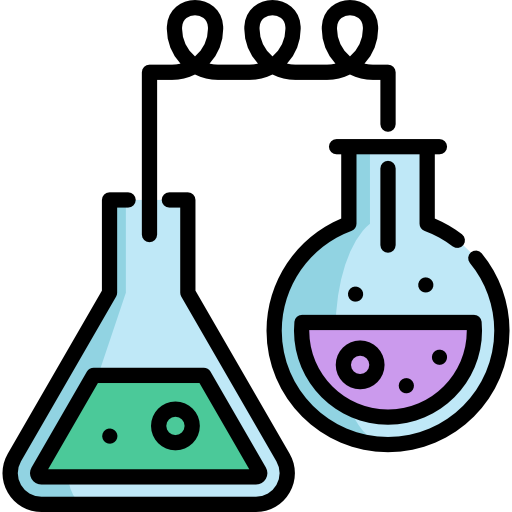 Chemistry
Chemistry
 Climate
Climate
 Conspiracy
Conspiracy
 Earth-science
Earth-science
 Engineering
Engineering
 Evolution
Evolution
 Geology
Geology
